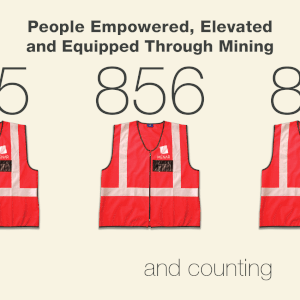By Lesedi Sibiya-Diplomatic Inside
In light of acclaimed documentarian David Attenborough’s newest effort titled “OCEAN” , a consensus was made on just how critical of a role the ocean plays in the planet’s overall health. Despite the beauty of ocean life that Attenborough was able to encapsulate in his latest documentation, it also sheds light on certain commercial fishing practices and techniques that pose a threat to ocean life.
One section of the film, shows the audience different fishing techniques that are very harmful to ocean life, such as dragging a chain and rollers attached to the front of net along the ocean floor, which destroys everything in its path, this technique is called “Bottom Trawling”. Bottom Trawling is one of many techniques of commercial fishing others include, midwater trawling, pelagic and demersal longlining, purse seine netting, jigging and line fishing. It is crucial to know how seafood is caught so that we can ensure longevity of life for sea creatures, and also keeps people informed on how to make better decisions when it comes to fishing techniques, one way to achieve this is through “Sustainable Fishing”, in South Africa most seafood is caught through line fishing method.
In South Africa line fishing was established in the 1800s with the arrival of British colonizers, South Africa only developed a management plan for linefish in 1985. Ten years later a linefish stock assessment showed that linefish species is being heavily overexploited with close to 600,000 marine fishers, the pressure of people fishing recreationally and commercially was too much for ocean life to handle. The dawn of the 21st Century saw South Africa needing to reform fishing stocks by highlighting that there needs to drastic measures in preserving linefish species. One of the key actions taken was a 70% cut in commercial line fishing effort from allowing 3000 boats to now only allowing 450. Taking this step was a bold one and implementation of it took place between the 2003 medium-term and long-term in 2006. The introduction of closed seasons for some species was also implemented to reduce the harsh fishing conditions on the ocean life. More than half of 35 important species of line fish had collapsed in 2013 according to research conducted by Dr Mann. One of the species of fish which was affected by the overpopulated commercial line fishing was South Africa’s national fish, the Galjoen. The meaning of the term “Collapsed” is that according to an estimation by scientists and marine biologists, 25% of the species’ pre-fishing population now exist in the wild. However in 2017 species such as carpenter, roman, slinger and santer were significant signs of recovery.
In 2019, 20 extended Marine Protection Areas (MPAs) were declared which took the country’s mainland protected ocean space from 0.4% to 5.4% according to Mann, despite the fact that it is a long way from the global target of 30% this is still positive progress in preserving ocean life and various important species of fish in South Africa’s waters. As World Ocean Day approaches on 8 June 2025, let this serve as a reflection for sustainability of sea life and foster healthy ways in which we consume seafood.


